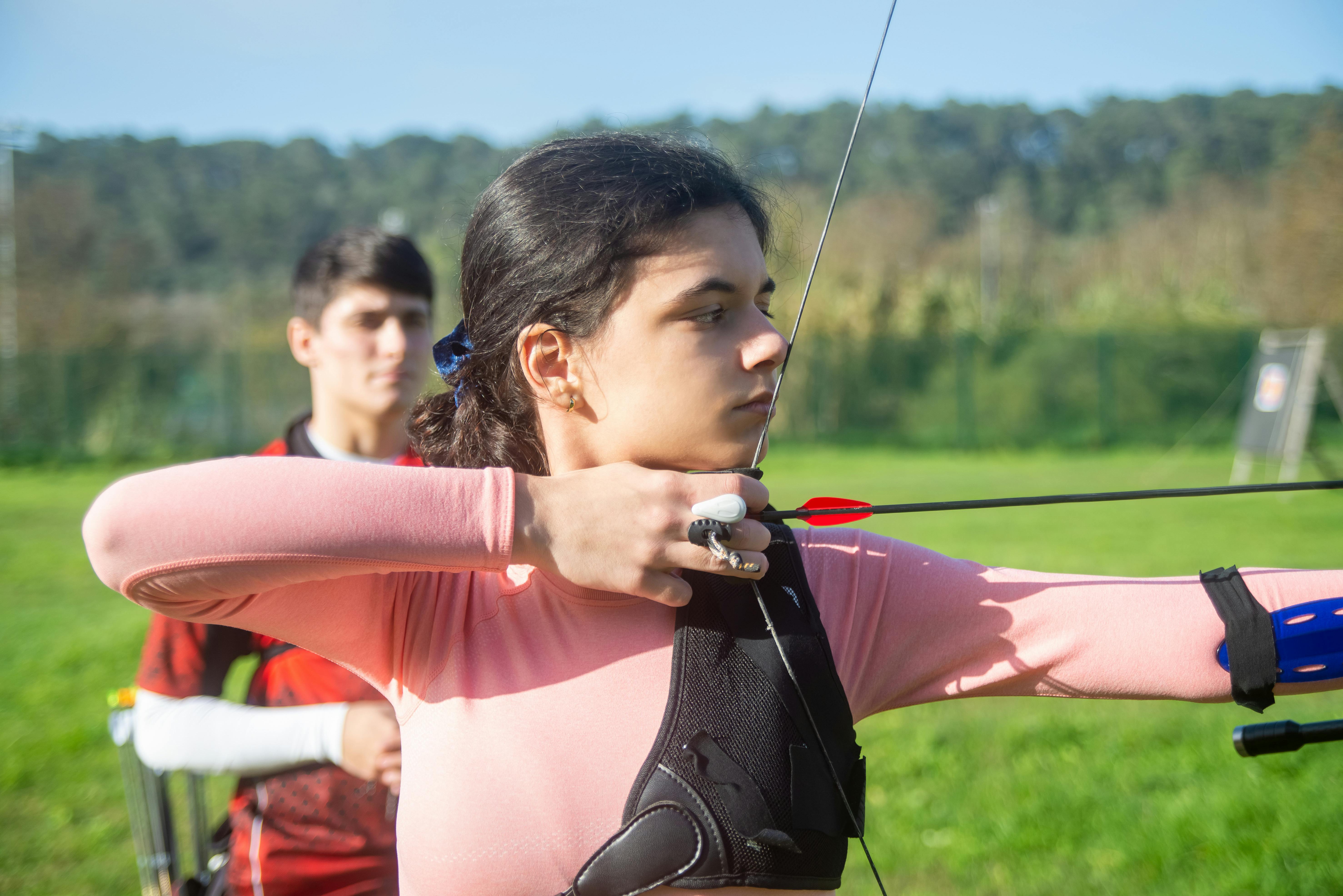Birds deal with other birds, wildlife, and humans in various ways. When defending their territory, their family, and their food sources, they can become angry and fearful. There are at least 5 ways that birds show anger:
Physical aggression
postures and use of body language
loud and frightening sounds and vocalizations
element of surprise by suddenly flashing bright colors
hissing, growing and regurgitating
A tufted tit has found its mate and they have started to build their nest. As he looks for food, he sees his reflection in the window of your house. Thinking there is an intruder looking to take over his territory, Mr. Titmouse begins attacking the imaginary threat. His crest points towards his target as he repeatedly flies towards the window, slamming against it with his beak, claws, and chest.
On the front lines, size matters. Birds puff themselves up to appear larger to an enemy. They will stretch higher, keep their wings at their sides, and stick out their breasts. If they can encourage the other bird to go away because they perceive that there is no hope that they can win the battle, there will be no blood to spill. However, if that doesn’t work, the birds will engage in bloody attacks that can result in fatal injuries.
Like people, birds have distinct personalities. American crows tend to respond quickly to perceived threats to their territory, food source, or family. Warnings are conveyed to the intruder through body language and vocalizations. If stances and saber rattling don’t work, an actual attack may be the only recourse.
I will never forget a night in the summer. Meteorologists had predicted that a meteor shower would occur sometime after midnight until very early in the morning. It was an unusually clear and starry night here in the woods, so I ventured into the backyard. For some reason, I didn’t grab my flashlight before heading back.
Suddenly I heard a very loud and strange ‘neigh’ right behind my head! That’s probably the fastest I’ve ever run in my life! At first I was too surprised to realize that it wasn’t an angry stray horse I had heard; but apparently I had intruded into the hunting territory of an owl. A frightened bird, especially a predatory bird, can be a very angry bird! One of the ways they show their anger is in loud and unexpected vocalizations.
Scary sounds can often cause a would-be intruder to turn and run. But if that doesn’t work, some birds are also equipped with brightly colored patches. A sudden flash of white, red, yellow, or orange color is intended to cause confusion long enough for a quick escape. Juncos demonstrate this when they suddenly take flight and flare out the white edges of their tail feathers.
Barn owls and turkey vultures will hiss and growl at intruders. They learn to do this when they are very young. In fact, if you come across turkey vulture chicks, they won’t just make nasty sounds, they’ll probably regurgitate! That is another very effective mechanism that some birds use when they are afraid or angry.
Each species has developed its own way of displaying annoyance and irritation. Like people, some react more violently than others, depending on the circumstances. If you’re hiking or bird watching, it’s helpful to recognize the signs of an angry bird, especially in the spring and early summer when they’re looking for a mate and nesting.




